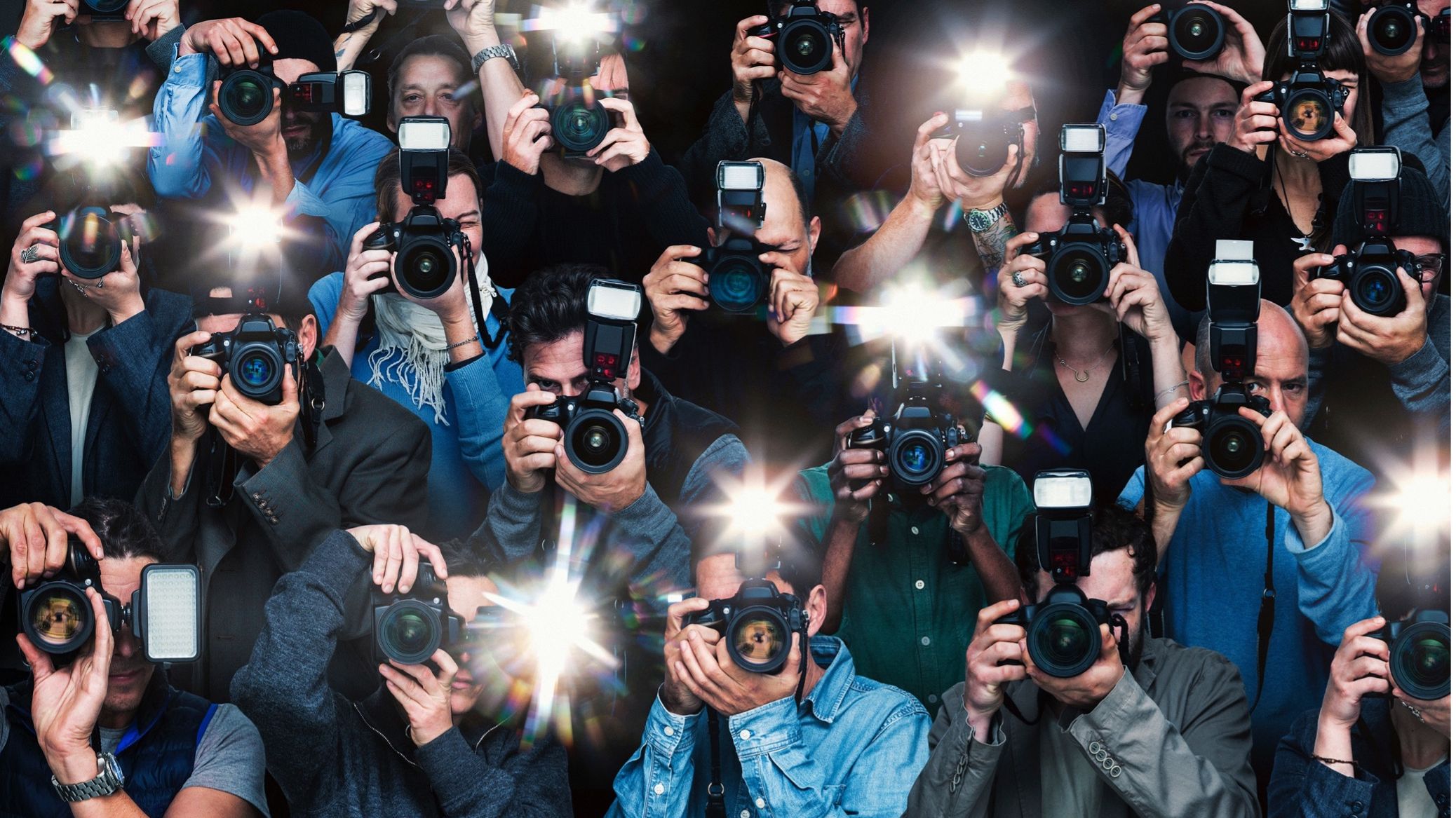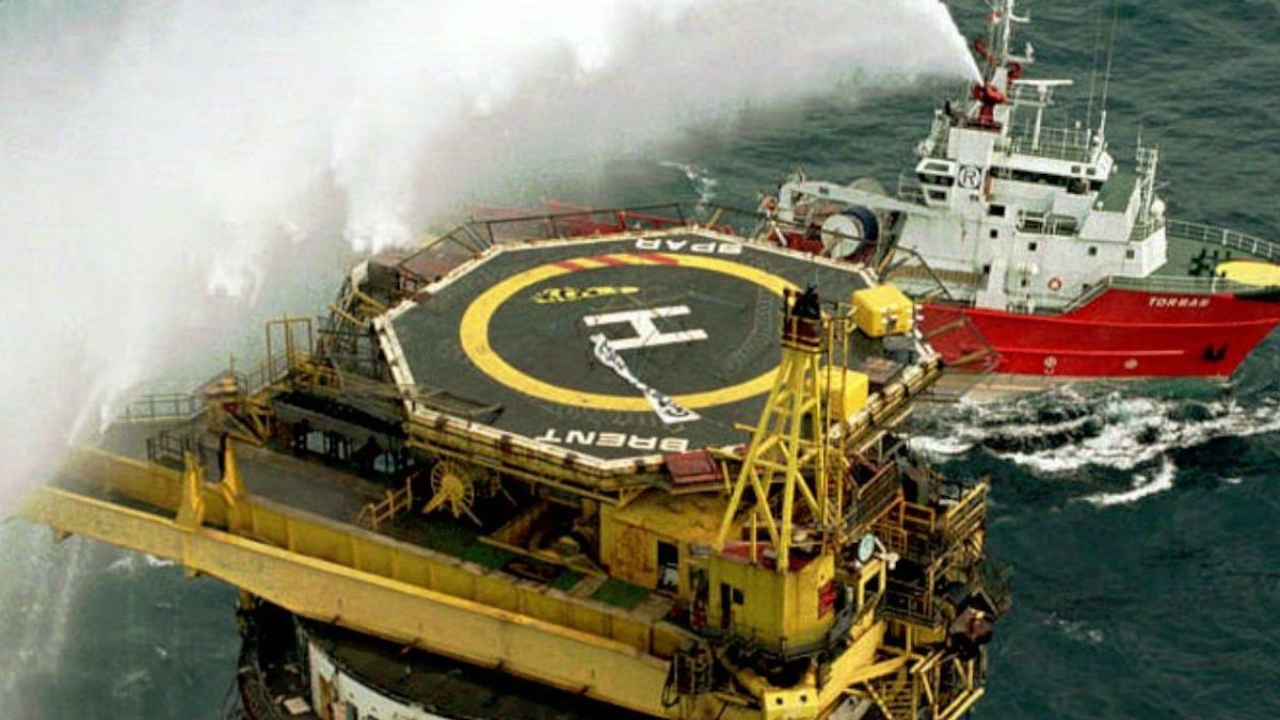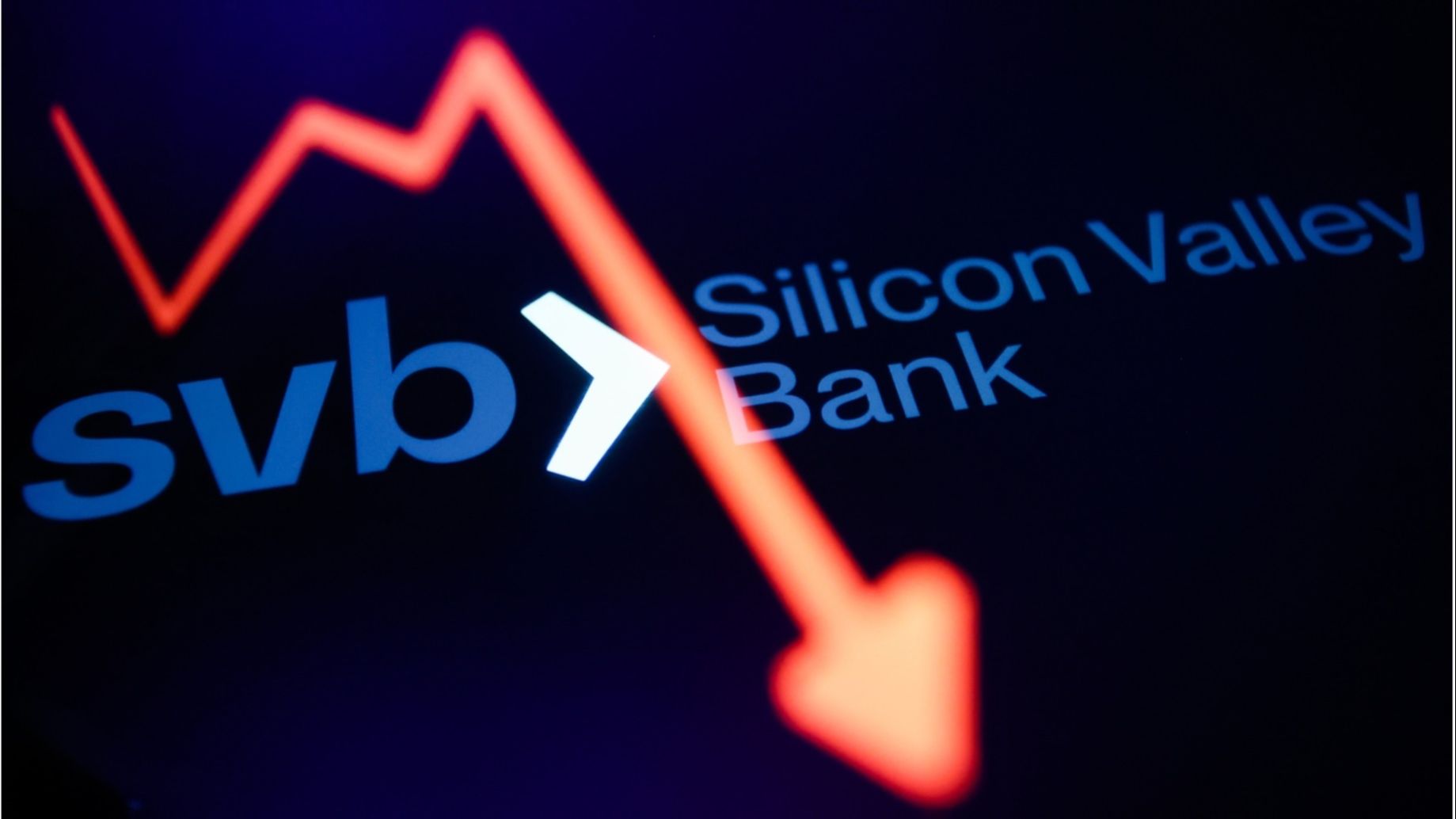ISOC resources
It’s no secret how much body language matters for public speaking and leadership. The real secret is this: leaders who want executive presence (and the people who coach them) have been working on the wrong problem. Here’s how fixing the right problem helped one CEO land a $6.3 billion deal.
When professionals stand up to speak and the stakes are high, they want to appear confident and authoritative. They want to project “leader energy” and so they focus on what they do with their bodies in the moment – gesture, movement, eye contact, posture vocal projection and so on.
But teaching your body to stand or move or speak in certain ways won’t help you come across as a leader. You can’t convincingly perform leadership traits like confidence or authenticity – you have to embody them. What your audience sees and hears is an expression of the underlying state of your nervous system. Regulate that, and your body language will take care of itself. Don’t treat the symptom – treat the deeper cau...
From an external point of view, the “voices” of many organisations are their top management and the output of the company’s marketing communication machine. But what about everyone else who works there? What if we could tap into the expertise and communication networks of a much wider base of people as authentic, enthusiastic voices and faces? Doing exactly this – and making sure these voices are aligned strategically – is the fast-growing practice of Employee Advocacy.
Employee advocacy isn't just a tactical initiative; it's a strategic imperative that can drive real, measurable results. By approaching employee advocacy with a strategic mindset, investing in training and resources, and measuring its impact, organisations can unlock the full potential of their most valuable asset: their employees.
Let’s explore the concept and outline some practical steps to unlock the power of employees to boost brand visibility and foster genuine connections with stakeholders.
Understanding employ...
Messaging is the art of framing an idea in a way that will stand out and be noticed, resonate with an audience, and stick in their minds in a way that shapes behaviour. One way to be distinctive is to say something unexpected or counterintuitive. Whereas most companies promote their products as being the best, IKEA ran a marketing campaign intentionally positioning itself as “proudly second best” – earning a coveted Film Gold Lion at Cannes 2023.
In this atypical campaign, IKEA departs from the conventional emphasis on product functionality, instead highlighting emotionally resonant moments of parenthood. Key products such as the ANTILOP Highchair, BOLMEN Step Stool, and the SMÅGÖRA cot are featured, showcasing babies and children engaging with their parents – not with the product.
The focus is on capturing meaningful experiences rather than just displaying products in use. By harnessing the power of narrative and emotion in its communication, IKEA encourages consumers to connect wit...
Language education company Duolingo is a remarkable example of how creative leverage of social media can drive customer engagement and business success. The company went so far as to openly disclose its financial successes and user retention metrics and explicitly credit these accomplishments to its social-first strategy.

So, what are the key strategies and elements behind Duolingo's success on social media in the field of education?
Accessibility, personalisation and user-friendly design
Duolingo's success begins with its accessibility and user-friendly design. The app is available on multiple platforms allowing users to engage with the platform effortlessly. The platform's ability to offer personalised learning experiences caters to learners of all ages, with features like daily goals, streaks, and leader-boards that can be shared on social media.
Engaging, educating, and entertaining on social media
Duolingo has leveraged social media to foster user engagement. The company ma...
Have you ever seen a captivating video or post but hesitated to engage with it or trust the creator when you saw how few followers they had? This dilemma is becoming increasingly common as marketers shift from traditional partnerships with heavy-hitter influencers towards collaboration with content creators. The old model based on follower counts and celebrity endorsements is gradually giving way to a more meaningful and authentic approach based on quality and outcomes. Marketers are realising that it's not just about the number of followers an individual has – it's about the impact they can create.
Let's explore this shift and why it's gaining momentum.
The opportunities and limitations of influencer marketing
Influencer marketing became a buzzword over the past decade as brands partnered with popular personalities on platforms like Instagram, YouTube and TikTok. The framework was simple: identify individuals who have large followings and incentivise them to promote your products o...
The top two global sportswear brands – Adidas and Nike – have both taken a reputational hit from scandalous comments and social media posts by high-profile celebrity partners. The circumstances were parallel, but the way each company responded to its crisis had profound implications for damage limitation. An analysis of the coverage data reveals some important lessons for communicators everywhere about the interaction between corporate culture and the effectiveness of crisis response.
The headaches for Adidas came from Ye (Kanye West) who criticised the brand and went on to make anti-semitic comments in the media that caused social media uproar. Adidas eventually cancelled its partnership with Ye, but only after weeks of speculation during which time more than 4,000 articles were published, according to data from Newswhip. These articles drove millions of engagements, many of which criticized Adidas for not acting more decisively.
Meanwhile Nike was much quicker to sever its partners...
Most people are well aware of the importance of body language in public speaking and media interviews, but in practice it is challenging and often counter-productive to try actively to hold ourselves in a way that our bodies don’t find natural. Experienced actors know how to use their bodies to send signals of confidence and presence, but most of us don’t have a lifetime of experience managing the subtleties of posture and gesture. Making a conscious effort to hold ourselves in a particular way consumes precious attention, can make us feel self-conscious, and at worst can end up looking affected and inauthentic.
In public speaking and media training at ISOC we go about things a different way: we use the concept of physical priming. Forget about power poses and rehearsed gestures. Almost everything that you can do in practice to improve your physical presence happens in advance. Just before you need to perform, follow a ritual of movement to warm up and prime your body, and then when t...
When you’re preparing to speak in public, whether for a speech, presentation or media interview, it can be very useful to run through some of the same vocal warm-up drills that singers and stage actors use to maximise vocal projection. If you prime your voice in this way, you will sound better without even having to think about it.
Jaw and cheek muscle release
- Find your Masseter (upper jaw) muscles, which hang from the back of your cheekbones in a notch about one inch in front of each ear.
- Find a point where firm pressure feels good. Push in and up with a finger or thumb.
- Press steadily for three slow breaths. Repeat three times.
- Open your mouth wide as if in shock or surprise. Hold for 10. Repeat three times.
(Based on therapeutic techniques for facial muscles and joints).
Lip buzz / "kazoo"
Inhale deeply, then exhale with your lips together but relaxed, so that they flap and buzz. (You can’t make the noise if your face is tense!)
- “Whisper” the buzz without engaging yo ...
Photographs and video from a set-piece protocol or media event can magnify its impact on public perceptions and on the reputation of institutions and VIPs. It is in everyone’s interests that photo opportunities are stage managed to facilitate the best quality images.
Media often complain that they have to fight to get what they need to make good images. Great public relations and protocol services treat media as customers. The following guidance explains how to help photographers and videographers to get the best pictures.
Timing is usually tight: VIPs may have only seconds or minutes available. A very brief shoot is sometimes all that is possible. Where appropriate, advise VIPs to schedule at least 2-3 minutes. Extra time lets media optimise settings and take more frames and angles, which increases the quality of their best shot. Larger groups (e.g. a G20 heads of state group shot) require more time because photographers must capture hundreds of frames to get a few in which nobody i...
The Brent Spar episode proved that it is not enough for a company to be in the right, if it also fails also to engage with stakeholders and convince the media. It showed that even a major multinational can be defeated by hostile public opinion. Shell lost the PR battle, and then lost the regulatory battle as a result.
The context
The North Sea contains over 350 drilling rigs and oil production platforms. They are very large and contain some level of contamination from oil exploration and production. After a period of service they become obsolete or unsafe and need to be disposed of.
One such platform was Brent Spar, a 14,000 ton, 200-metre high platform which by 1995 was no longer usable. Its part-owner Shell spent three years and millions of pounds on research and environmental modelling which concluded (correctly) that the least damaging option was to tow Brent Spar to a very deep area of the North Sea and sink it. This would cause minimal environmental harm -- as opposed to ever...
Silicon Valley Bank collapsed in March 2023 after a run on deposits doomed its plans to raise fresh capital. Weak communication was a primary factor in the crisis, on two dimensions:
- Failure of communication strategy. SVB underestimated how sensitive depositors would be to the news, in the context of recent financial failures.
- Failure of storytelling. SVB communicated without context and neglected to build a narrative.
SVB was a $200 billion institution and had been the go-to-bank for tech boom startups. They took cash deposits and invested them in securities including U.S. government bonds, a strategy that racked up large losses when interest rates rose. SVB had to sell its investments at a $1.8bln loss and decided to raise $2bln in fresh capital to cover the losses.
Objectively speaking this situation and SVB’s action to resolve it should not have been particularly worrying. However, the way the bank communicated the news on 8 March 2023 caused panic and contributed to a vira...
On February 13, 2023, three students were killed and five others injured in a mass shooting on the campus of Michigan State University. The gunman, 43-year-old Anthony Dwayne McRae, shot himself dead when he was confronted by police.
In the aftermath of the shootings, Vanderbilt University in Tennessee decided to send a consoling email to students using the following text:
We must recognize that creating a safe and inclusive environment is an ongoing process that requires ongoing effort and commitment. We must continue to engage in conversations about how we can do better, learn from our mistakes, and work together to build a stronger, more inclusive community. One of the key ways to promote a culture of care on our campus is through building strong relationships with one another. This involves actively engaging with people from different backgrounds and perspectives, listening to their stories, and showing empathy and support.
At the bottom of the message, in small print, the email...













